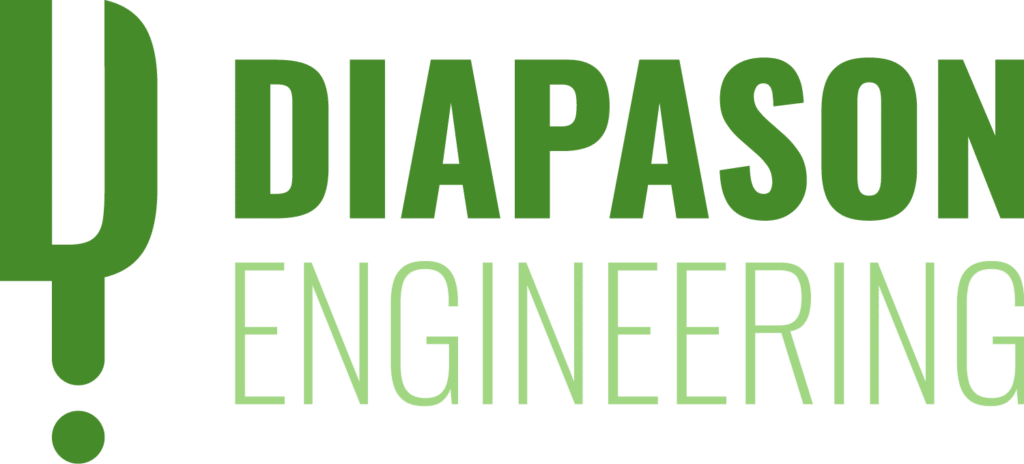Italian Law no. 447/95 “Framework law on noise pollution” was formulated to protect outdoor and living environments from noise pollution. A sound source should not cause noise in the outdoor or living environment that is loud enough to be unpleasant or disturb rest and human activity, pose a danger to human health, or be intense enough to interfere with the legitimate right to use said environments.
Although it is mandatory for businesses to have a noise assessment conducted, immissions may nonetheless occur in living environments close by that exceed the differential limit (5 dBA during the day and 3 dBA at night). Cases such as this may be reported to the municipal council, which will instruct the Regional Environmental Protection Agency (ARPA) to carry out all the noise level measurements necessary to verify compliance with the regulatory limits. If these have been exceeded, the business must appoint an Environmental Acoustics Technician regularly enrolled on the dedicated National Register to draft an acoustic remediation plan to bring noise emissions/immissions back within the statutory limits. The report to the council may be accompanied by an expert report by a qualified technician. This is the administrative procedure governing the relations between businesses and private citizens (public law criterion).
Relations between private citizens are governed by art. 844, which defines “normal tolerability”, i.e. the maximum limit of immissions (including noise immissions) possible within the property of others.
The normal tolerability limit established by case law has been identified as 3 dB between the immission level and the background noise level (i.e. the level measured without the source causing the disturbance). In the case of relations between private citizens, the first step for the case to be taken to court is of course a survey carried out by an Environmental Acoustics Technician regularly enrolled on the dedicated National Register, and a report certifying that the legally established limits have been exceeded.
The legal criterion that requires the verification of compliance with the normal tolerability limit is also applicable to relations between private citizens and businesses; however, this criterion is not subject to verification in the noise impact report drafted by the qualified technician.




